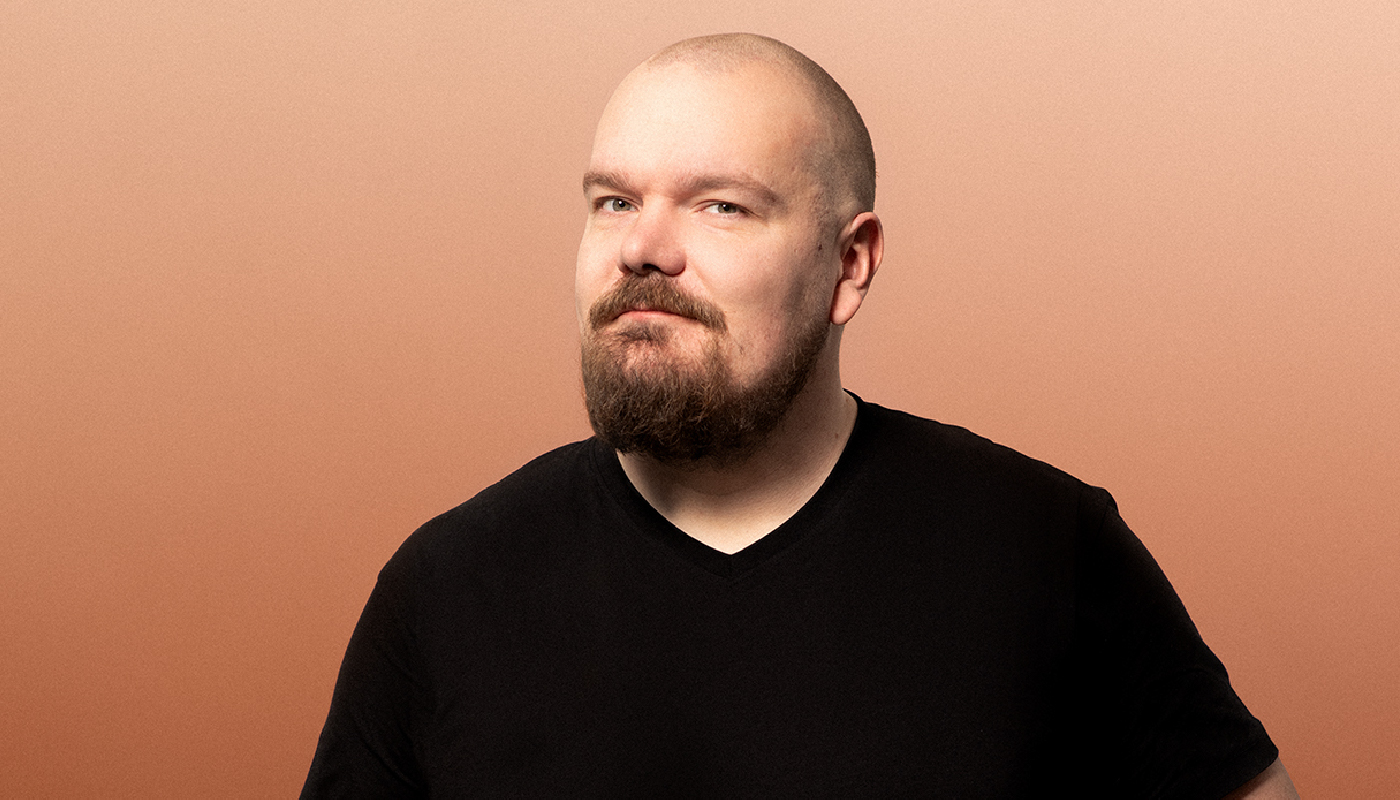The eternal dream of marketing and communications teams is to get employees to share the company’s story within their own networks. And it’s no wonder—employee advocacy is one of the most effective ways to build a company’s brand and credibility.
Although social selling, personal branding, and thought leadership are familiar concepts, few companies have succeeded in creating a sustainable employee advocacy program. In my view, the reason is simple: these programs are often approached from a technical perspective, when at their core, they’re really about cultural change.
Why is employee advocacy a goldmine?
In the B2B world, as much as 91% of purchasing decisions are driven by recommendations*. According to LinkedIn statistics, messages shared by employees receive 8 times more engagement than content shared by companies themselves. What’s more, employees’ combined networks are, on average, 10 times larger than the company’s follower base**.
Traditional B2B advertising can buy visibility, but not credibility. True thought leadership only emerges when a company’s experts share their knowledge and insights in their own voice.
How do you build a successful employee advocacy program?
In my view, the core of a successful program is a win-win mindset. The goal should be ambitious: to help experts build such a strong personal brand that even competitors take notice – while also creating such a great work environment that they have no desire to leave.
An interesting company is one where interesting people work, doing interesting things. I think few would disagree with that.
In my opinion, a successful employee advocacy program is built on five key pillars:
- Personal motivation: Every participant must understand what they will gain from the program
- Practical tools: Content creation and networking must be easy and efficient
- Continuous development: Coaching and tracking ensure ongoing learning
- Peer support: The community encourages and inspires sharing expertise
- Individual coaching: Each person’s strengths and personality are taken into account
Cultural change requires time and support
Employee advocacy is not a project, but a process. It requires long-term commitment from both leadership and participants. The pursuit of perfection kills enthusiasm – what’s more important is creating a safe environment to experiment and learn.
If you ask employees to use their own time and personal brand for the benefit of the company, you must provide them with support and the tools they need to succeed.
Do you want to turn your organization into a thought leader?
We are launching a new type of employee advocacy program this year, combining the best practices and tools with personalized coaching. Interested?
Get in touch, and I’ll tell you more:
Mikael BertusSenior Strategist, Vapa Mediamikael.bertus@vapamedia.fi
*Demandbase, TrustRadius 2023
**LinkedIn Business, 2023
